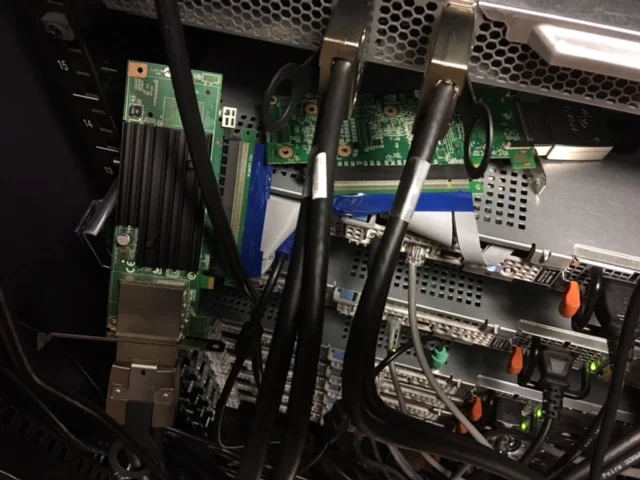This post describes how to use a program called wvdial to connect your Linux computer to the internet using a USB GSM modem and a SIM card with a cellular data plan.
Setting up a Beaglebone Black with Debian Buster for IoT
Our requirements were to use a low powered device that would be capable of running off a n off the shelf Lithium-ion (Li-ion) battery for at least 4-6 hours. With this in mind we dusted off a set of 3 Beaglebone Black (BBB) boards we have had since 2013. The BBB comes with a 2GB eMMC card on the board, a 10/100 Mbps ethernet PHY chip and connector, a USB-A and USB mini-B connector and 512MB of RAM. It also is capable of booting off a microSD card, which is the method we would be using. This post describes how to setup a BBB with Debian Buster with an image designed for IoT use in the year 2021.
How to set up your own in-house HPC Cluster (and the many ways to use it)
High Performance Computing (HPC) and Systems Engineering are part of our company DNA (our 5 core areas of expertise, to be exact), so needless to say, we really enjoy setting up our own hardware clusters. Recently we came across an opportunity to purchase some really great systems from an IT liquidator company. We couldn't pass it up... We ended up buying two NVIDIA Tesla S1070 1U servers, each with 4 NVIDIA Tesla C1060 GPUs, and 8 Dell 1950 III 1U servers, each with 2 quad-core Xeon 5400 CPUs and 16 GB RAM. The specification manuals of the NVIDIA system are available here and for the Dell system, here.
Despite cloud computing getting more popular, it is definitely useful to have your own in-house development HPC cluster for conducting work. Here's how we went about setting one up for ourselves.




